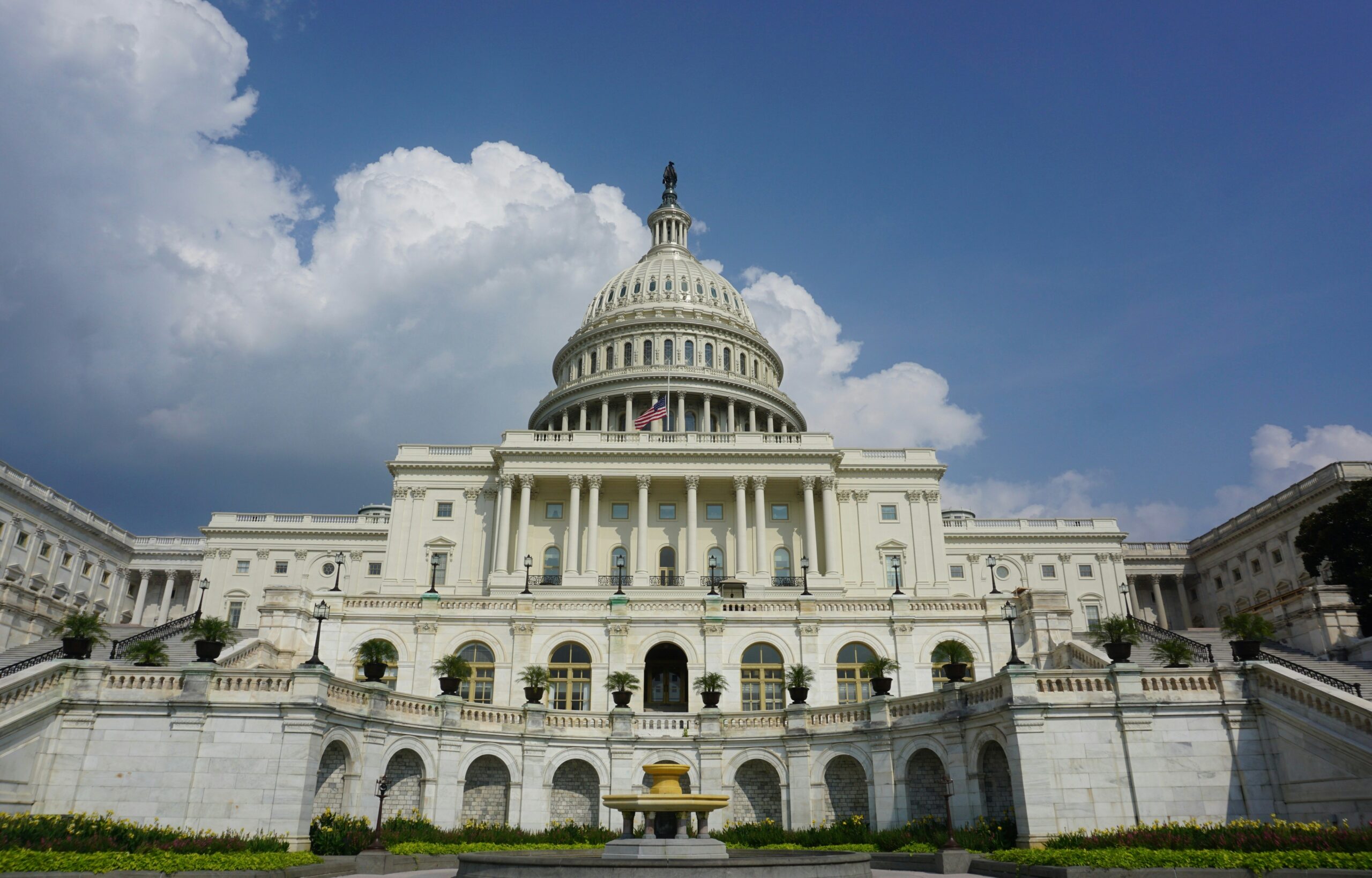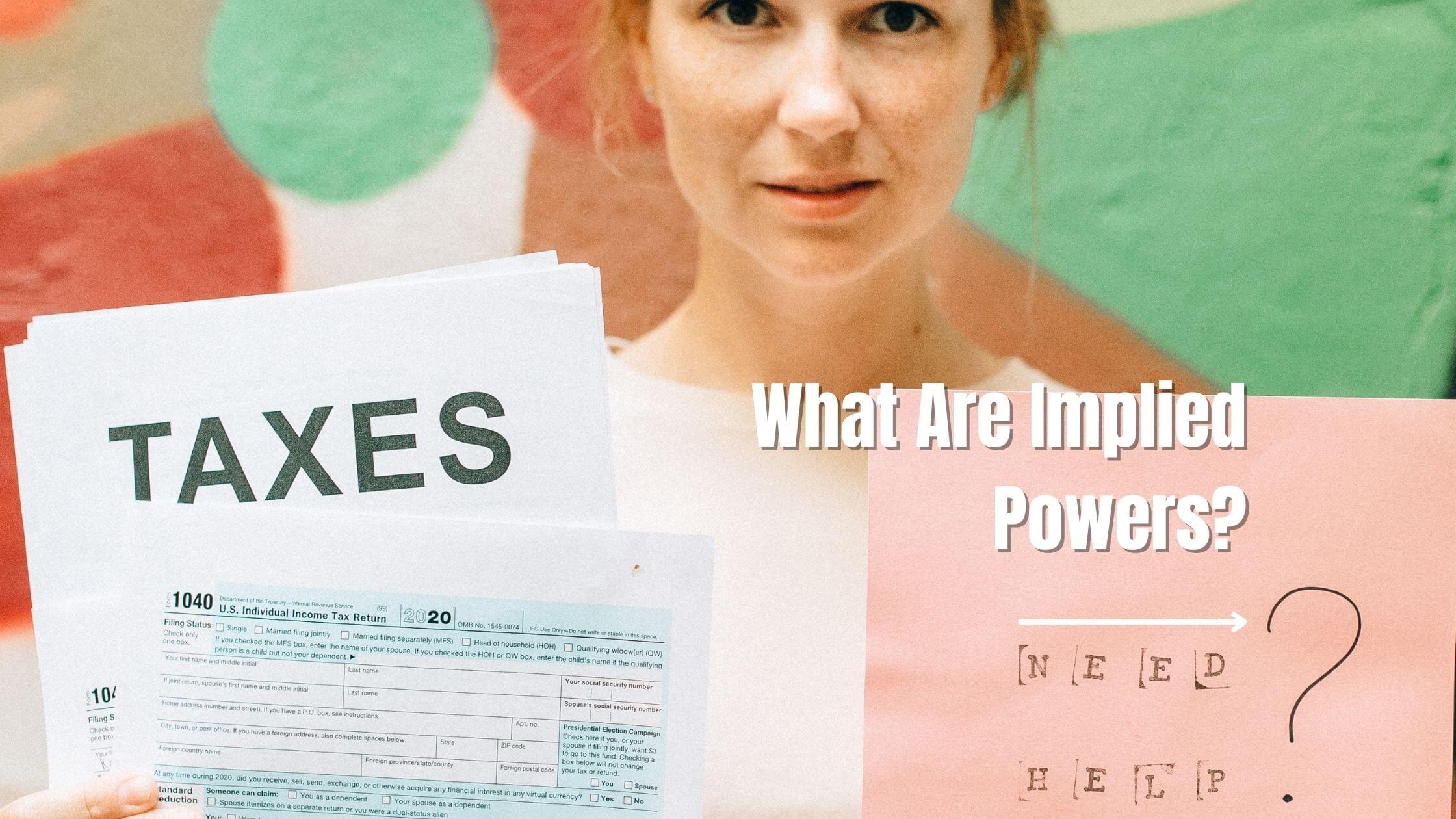When the U.S. Constitution was ratified in 1789, it didn’t just create a government. It also gave the people a way to change the Constitution itself. But here’s the twist: out of nearly 11,000 proposed amendments, only 27 have made it through.
So, why is it so hard to amend the Constitution? The answer lies with its creators. The founders aimed to unify thirteen colonies. They needed to ensure that any agreements made couldn’t be easily undone.
To propose an amendment, it must first have a two-thirds vote in both houses of Congress. Alternatively, two-thirds of state legislatures can request a national convention. But that’s just step one.
Next, to actually change the Constitution, the amendment must be ratified by three-quarters of the states. Each state can either vote on the amendment in its legislature or hold a separate ratification convention. This high threshold makes the Constitution quite static today.

Most democracies can pass amendments every few years. The U.S., however, hasn’t passed one since 1992. You might wonder how any amendments got through at all.

Get Smarter on US News, History, and the Constitution
Join the thousands of fellow patriots who rely on our 5-minute newsletter to stay informed on the key events and trends that shaped our nation's past and continue to shape its present.
The first ten amendments, known as the Bill of Rights, were passed all at once. They include essential freedoms like speech and the right to a fair trial. These amendments resolved conflicts from the original Constitutional Convention.
Years later, the Thirteenth Amendment abolished slavery. The Fourteenth and Fifteenth Amendments followed, but only after the Civil War. Ratifying amendments has become even harder as the country has grown larger and more diverse.
The first proposed amendment, which dealt with congressional representation, was nearly ratified in the 1790s. However, as more states joined the union, the number needed for ratification increased. This left it unratified to this day.
Today, many suggested amendments exist. These include outlawing flag burning and limiting congressional terms. However, their chances of passing are slim.
Political polarization is at its highest since the Civil War. This division makes it nearly impossible to reach a broad consensus. Justice Antonin Scalia once noted that just 2% of the population could block an amendment.
The simplest solution would be to lower the thresholds for proposing and ratifying amendments. But doing so would require its own amendment. Instead, most historical progress comes from the U.S. Supreme Court.
The Court expands its interpretation of existing laws to adapt to modern times. However, this is not the most democratic option since justices are unelected and serve for life.
Interestingly, the founders may have anticipated this issue. Thomas Jefferson once wrote to James Madison about laws expiring every 19 years. He believed this would help avoid the obstacles that distort the will of the people.
Jefferson felt that while the Constitution’s principles would endure, the earth belongs to the living, not to the dead. This perspective raises vital questions about how we should view constitutional amendments today.













One Response
This is a terrific article. I have long thought about how bad it is for our democracy that our constitution, which has many problems, is so difficult to change, much more difficult than other western democracies. Just recently I heard a political scientist, declaring how good it was that it was difficult to change our constitution. And I have not considered that practically speaking that leaves our Supreme Court, which is made up of unelected justices, doing most of the changing.